We may earn money or products from the companies mentioned in this post. This means if you click on the link and purchase the item, I will receive a small commission at no extra cost to you ... you're just helping re-supply our family's travel fund.

Across late Oct. and early Nov., communities in Mexico and the United States welcome the dead with color, music, and food. The mood is tender rather than spooky, shaped by home altars, candles, and marigolds guiding spirits back to familiar rooms. Parades, vigils, and ofrendas fold art into devotion, while families share stories that keep names alive. What this really means is continuity. Memory moves from kitchens to plazas, from quiet prayers to public joy, and the night feels generous.
Mexico City’s Mega Ofrenda and Parade
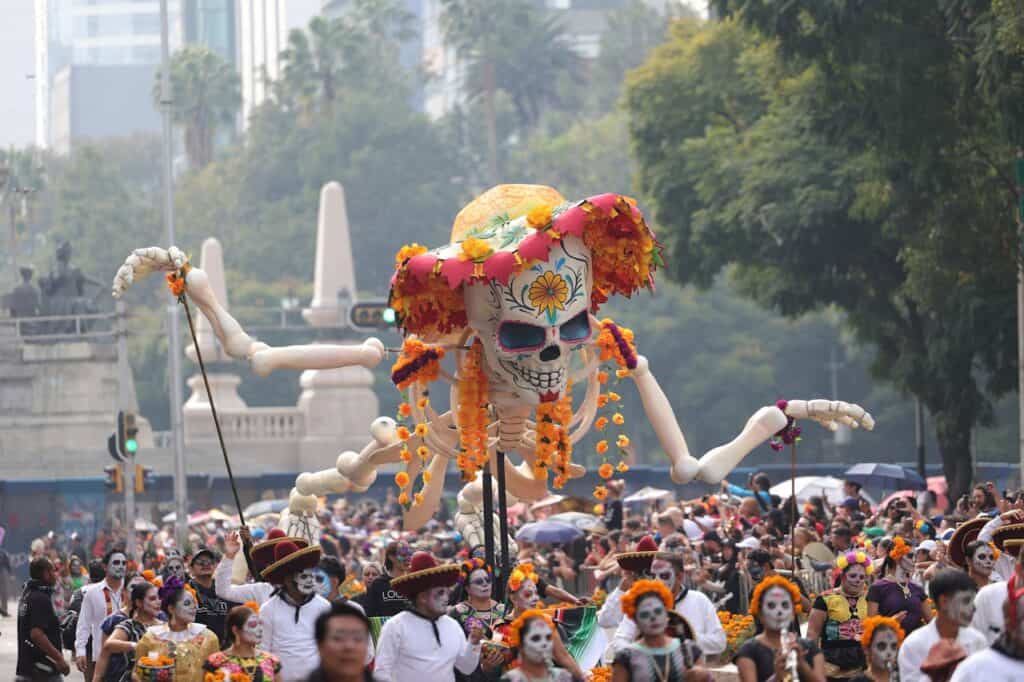
Mexico City turns remembrance into public art. University courtyards fill with a sprawling Mega Ofrenda, each altar telling a different story with photos, pan de muerto, and paper flags. The official parade threads giant alebrijes, skeletal bands, and dancers through the historic core. It stays respectful at heart, inviting reflection between bursts of pageantry. By night, plazas flicker, volcanos loom on clear evenings, and the capital’s scale makes grief and gratitude feel collective.
Oaxaca’s Comparsas and Barrio Ofrendas
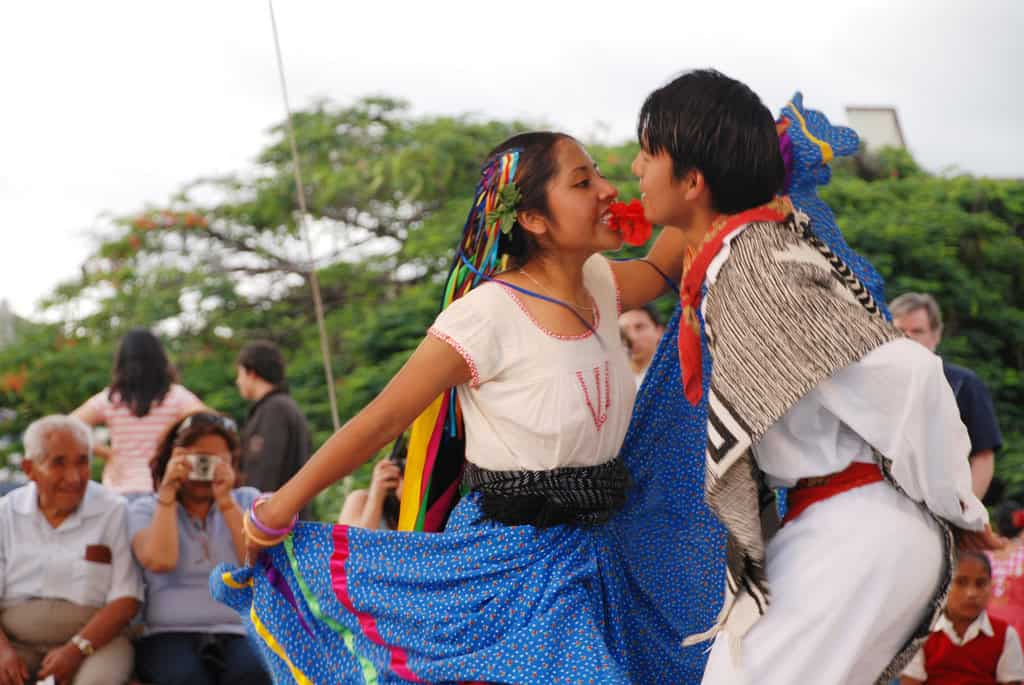
Oaxaca’s neighborhoods lead with comparsas, those costumed processions that wind past adobe walls and candlelit stoops. Families open doors so passersby can glimpse ofrendas stacked with bread, mezcal, and cempasúchil. The city’s artisans add woodcarvings, masks, and sand tapestries that shift with every footstep. Music threads everything together, from brass to marimba. Cemeteries glow without hurry, and the rhythm lands somewhere between celebration and vigil, a balance Oaxaca keeps with quiet mastery.
Pátzcuaro and Janitzio’s Candlelit Lake Vigil
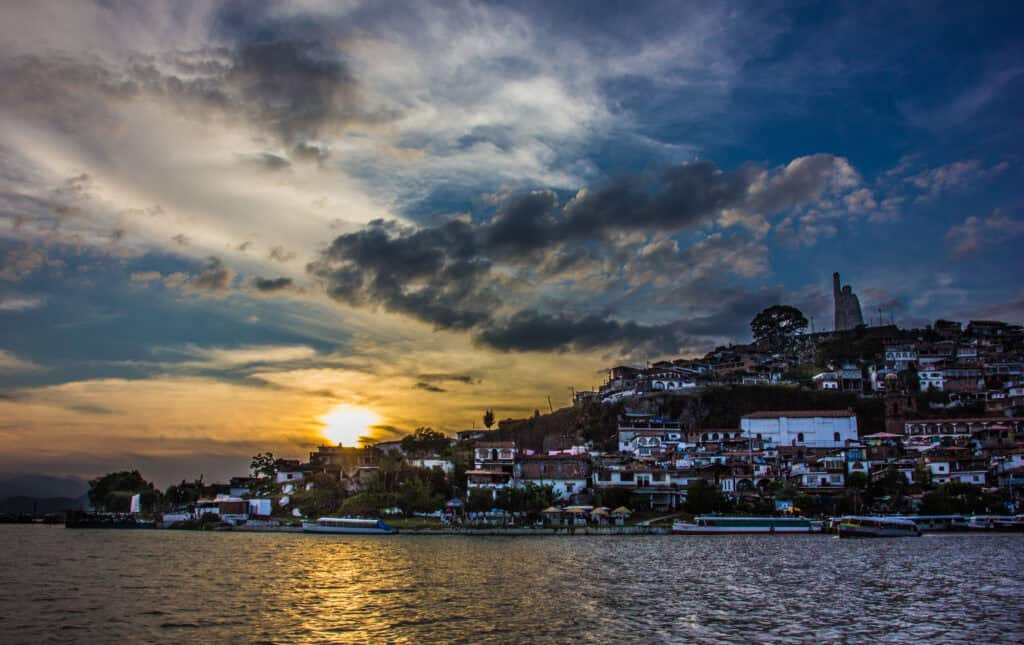
On Lake Pátzcuaro, canoes cut dark water toward Janitzio as candles crowd the shore. Families keep night watch at graves, sharing food with ancestors and visitors alike. The island hums with hymns and guitar, while nearby towns host dances and ofrendas in plazas. This is a pilgrimage more than a party. Wind carries the smell of copal, church bells fold time, and every flicker seems to mark a name that refuses to fade.
San Andrés Mixquic’s Alumbrada
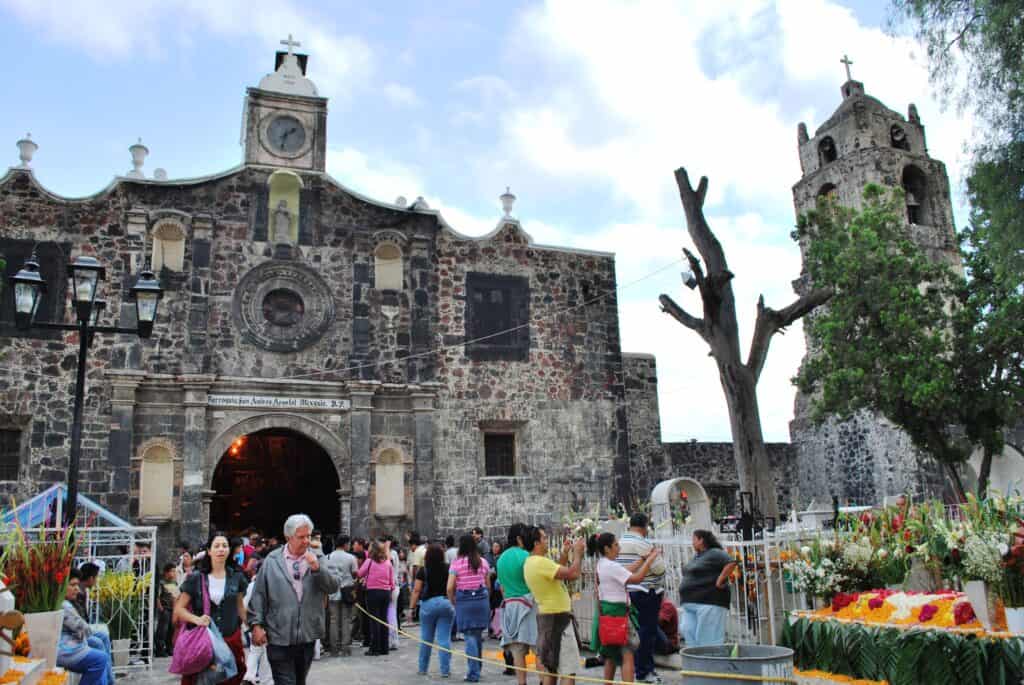
South of Mexico City, Mixquic gathers for the alumbrada, when thousands of candles turn the cemetery into a sea of light. House altars line narrow streets, each one layered with favorite dishes, sugar skulls, and framed portraits. Bells ring at midnight as families welcome spirits home with laughter and prayer. The atmosphere is intimate despite the crowd, anchored by local ritual. Vendors serve tamales and atole, keeping energy steady until the first pale hint of dawn.
Mérida’s Hanal Pixán in Yucatán
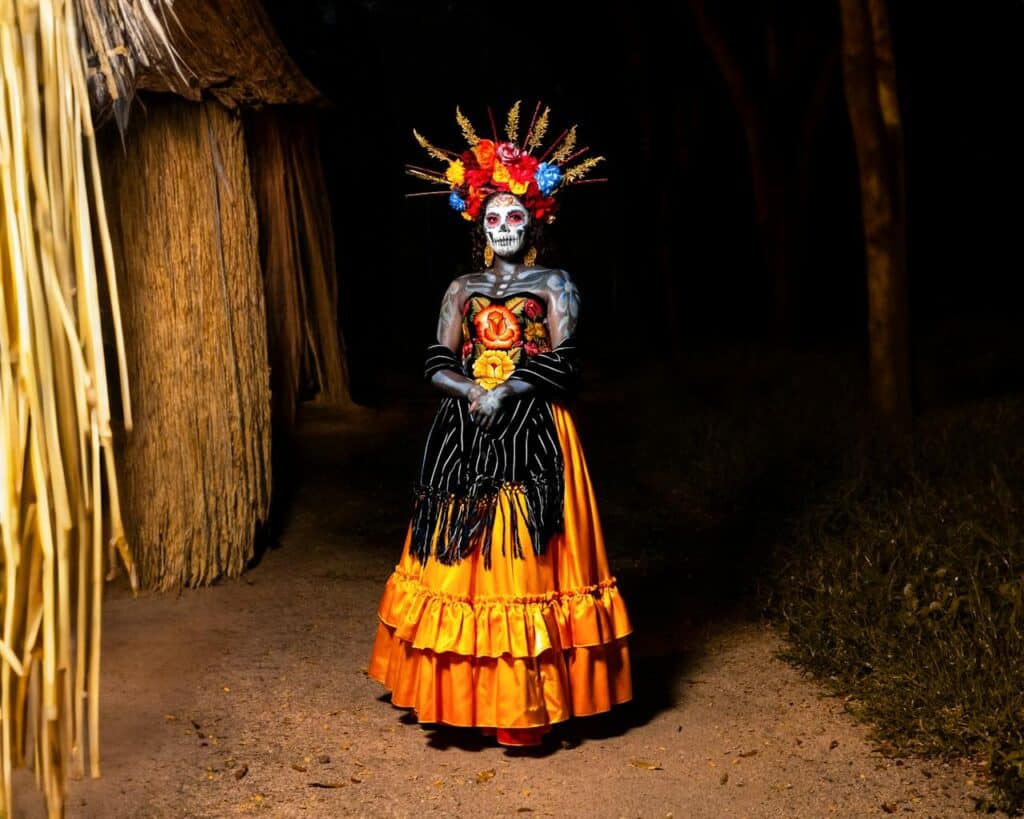
In Mérida, Dia de los Muertos meets Maya tradition as Hanal Pixán, the feast for souls. Plazas fill with altars that feature xec fruit salad, pibipollo, and regional sweets, while processions carry embroidered dresses and white guayaberas into the night. Courtyards host poetry and song, then quiet returns to family patios for prayer. The tone is generous and rooted. Food does more than flavor the air. It becomes memory made edible, served with patience and care.
San Miguel de Allende’s La Calaca Spirit

San Miguel blends colonial charm with contemporary art during late Oct. days of remembrance. Streets bloom with marigold arches, galleries stage skull inspired installations, and locals paint faces for evening processions. The city’s baroque churches and narrow alleys make every corner a stage. Families drift between ofrendas and concerts, carrying photographs in frames or pinned to jackets. The result feels handcrafted and heartfelt, a mix of salon and sanctuary under a cool, high desert sky.
Aguascalientes’ Festival de las Calaveras

Aguascalientes celebrates the legacy of José Guadalupe Posada with a full city festival. Parades spotlight his iconic calaveras, markets sell prints and toys, and museums mount thoughtful exhibits on satire and social history. Beyond spectacle, the programming leans into workshops, theater, and regional food that ties craft to daily life. Nights stretch with concerts and strolls, while marigold garlands frame doorways. It is cultural memory done at scale, lucid, playful, and instructive.
Los Angeles: Hollywood Forever Cemetery
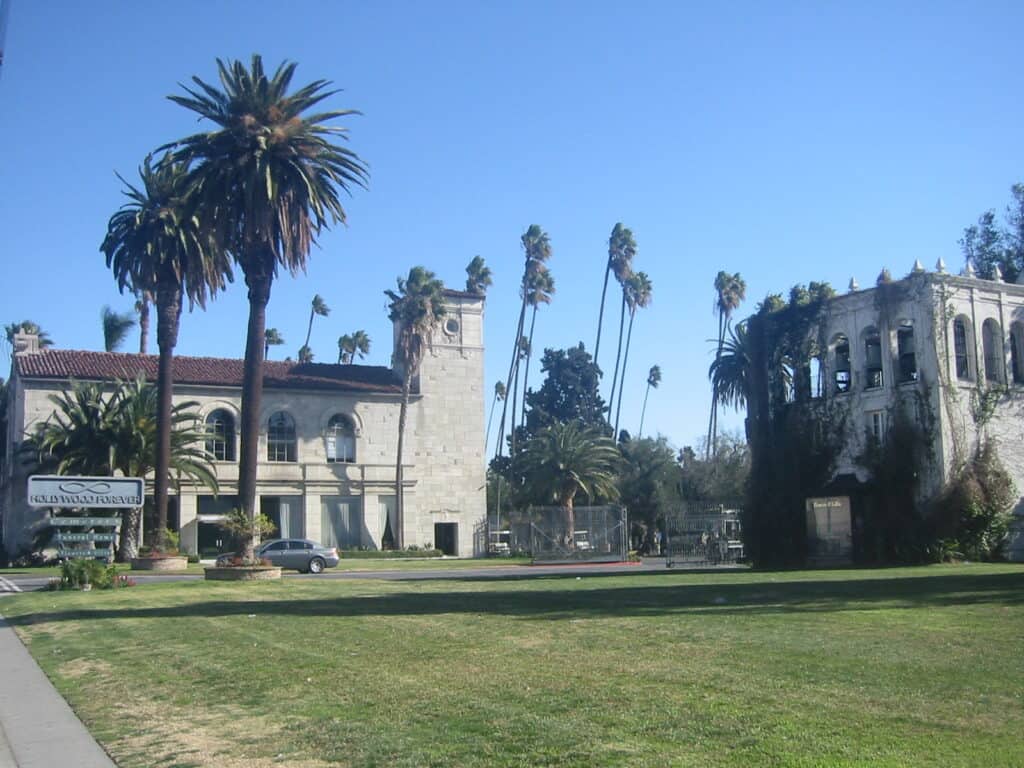
In Los Angeles, Hollywood Forever hosts a profound, daylong celebration that centers community altars, traditional dance, and Central American food. Families build ofrendas for loved ones and for public figures, turning the grounds into a mosaic of stories. Music shifts from son jarocho to rock en español as lanterns come alive. The event honors tradition without flattening it, giving space to elders, artists, and children. Memory becomes visible, detailed, and unmistakably local.
San Antonio’s Muertos Fest

San Antonio brings remembrance downtown with Muertos Fest, a carefully curated blend of altars, live music, and workshops. Papel picado spans the plaza, vendors fry sweet bread, and performers carry giant catrinas past city hall. Schools and families collaborate on ofrendas that explain relatives through recipes, tools, and team colors. The tone stays educational and warm. By evening, candles rim arches and fountains, and the River Walk reflects marigold paths back to the crowd.